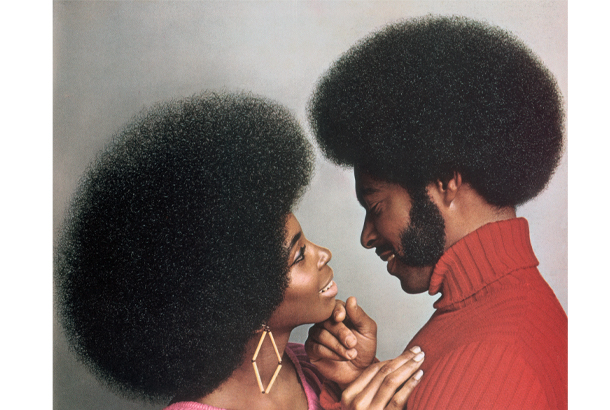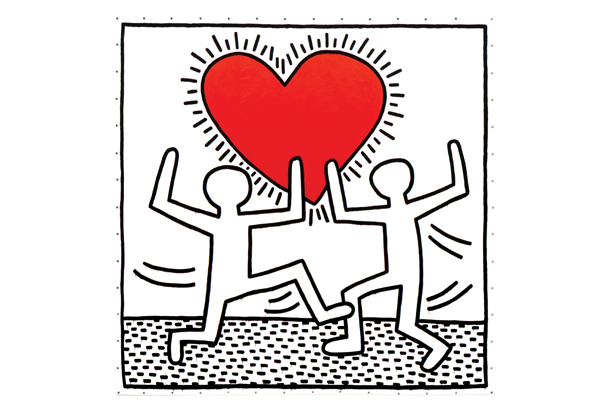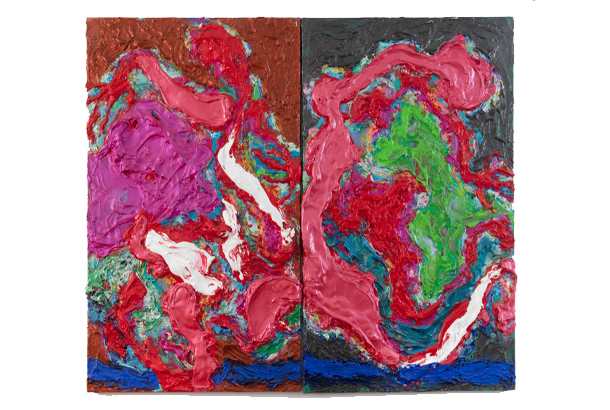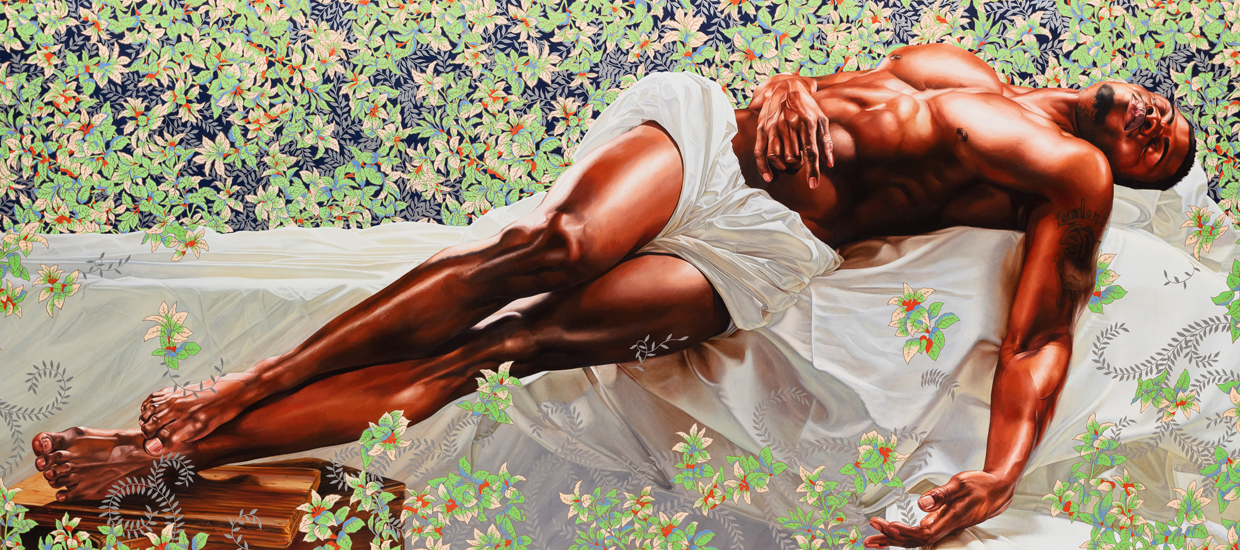Washington, D.C., has more than its share of museums, and, befitting the nation’s capital, many of these institutions seek to encompass the American experience. The latest entry in the city’s arts scene, the Rubell Museum DC, also casts a wide-angle lens on the country, but it does so in a contemporary, community-oriented way. The museum, which opened at the end of October as an outgrowth of Miami’s Rubell Museum, draws from the Rubell family’s renowned collection, a trove of works from contemporary artists such as Kara Walker, Kehinde Wiley, and Yayoi Kusama. The D.C. branch, however, isn’t located where one might expect, among the palaces on the National Mall; instead it’s in Southwest D.C., in a 1906 building that was once the majority-Black Randall Junior High School.

“We saw an incredible opportunity to bring this neighborhood landmark back to life and expand access to our collection by weaving it into the very fabric of a community,” says museum cofounder Mera Rubell. “The building’s preservation and our programming aims to honor the legacy of the Randall School community—something that resonates with me as a former teacher.”

Rubell worked with Head Start in New York City in the 1960s, and her new institution should certainly get a head start from its inaugural exhibition. What’s Going On, named for the 1971 album by Randall Junior High graduate Marvin Gaye, features pieces from 37 artists who are tackling social issues, much as Gaye did on his most political record. Chief among these is Untitled (Against All Odds), a series of 20 works by Keith Haring that appears at the start of the exhibit and addresses themes, Rubell says, of “environmental destruction, oppression, and illness.” In fact, she adds, Haring listened to What’s Going On “on repeat” during the creation of the series. One might say that these paintings, along with the rest of the exhibit, are finding a way to bring some understanding here today.

“Our family considers it a tremendous privilege to bring our personal collection to the nation’s capital,” Rubell says. “We are looking forward to the opportunity to contribute our perspective to the city’s cultural conversation.”
Next Up: Orange County Museum of Art Opens with Free Admission for the Next 10 Years




